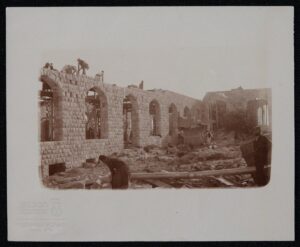In October 1909, the Prussian architect Alexander Baerwald was asked to design the initial plans for the new building. Baerwald, who played the cello in a string quartet with Albert Einstein, was inspired by the idea of combining European forms with Eastern elements. His outstanding design was approved by the Curatorium, and in August 1910, Baerwald was tasked with preparing detailed plans and supervising the construction. Apart from the stone, most of the construction materials were imported from abroad. The lime was brought from France, and the cement from Germany. Plumbing fixtures and other installations also came from Europe, and visitors to the old Technion building can still see German manufacturer inscriptions on the floor tiles and elsewhere in the structure. Drilling the well presented challenges as well. Initial attempts reached only 40 meters before work was halted due to a shortage of skilled labor. Special permission was granted to import the necessary dynamite, and only when a foreign expert was brought in could work on the well resume. The well was drilled to a depth of 93 meters and eventually extended to 100 meters. The presence of a water source in the upper slopes of Carmel made Haifa a key center for sustaining life in the following decades, and the well and its water became a vital source of income for the young and impoverished Technikum.
On April 11, 1912, 36 years before the declaration of the State of Israel, the foundation stone for the Technikum was laid under the auspices of the Ottoman Empire, which was in control.
About a year after the start of the construction, the first buildings were completed: the well house, the water tower, and the workshops.
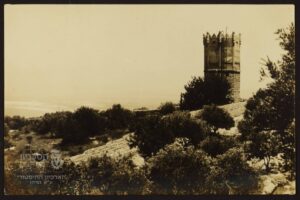
–
Drilling the well in 1913.
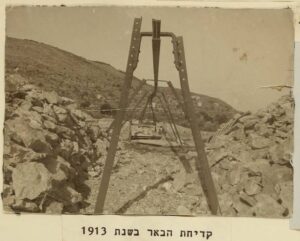
–
Drilling the well.
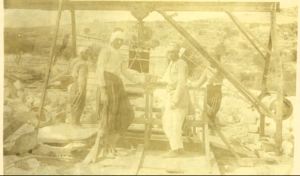
–
Rock crushing for well drilling.
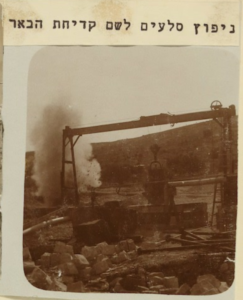
–
Road Construction by the Technion Builders, 1913-1916
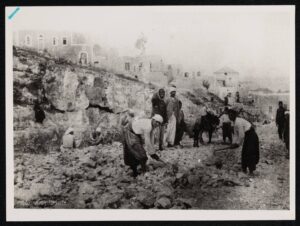
–
The well house, built in later years, above the well.
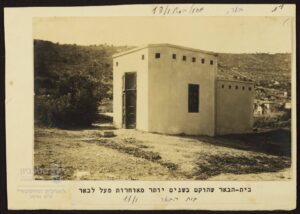
–
Yemeni stonemason-builders working on constructing the exterior wall of the workshops and raising a wooden formwork for building an arch above one of the windows.
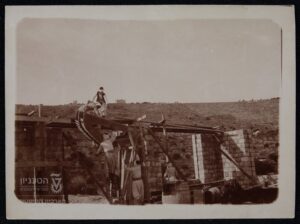
–
At the beginning of 1913, the construction of the workshops began. A group of workers is diligently engaged in building the workshops.
